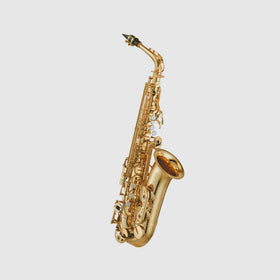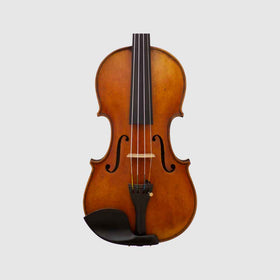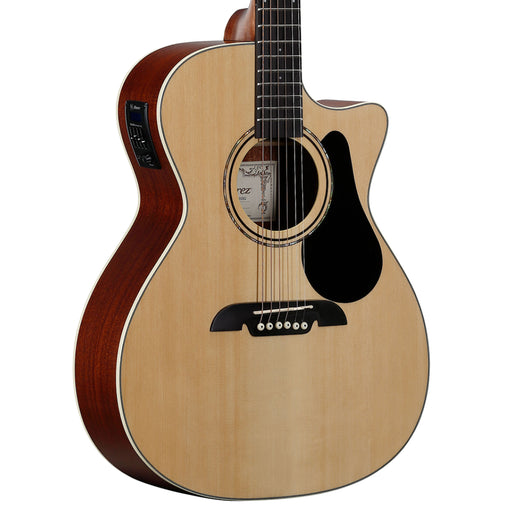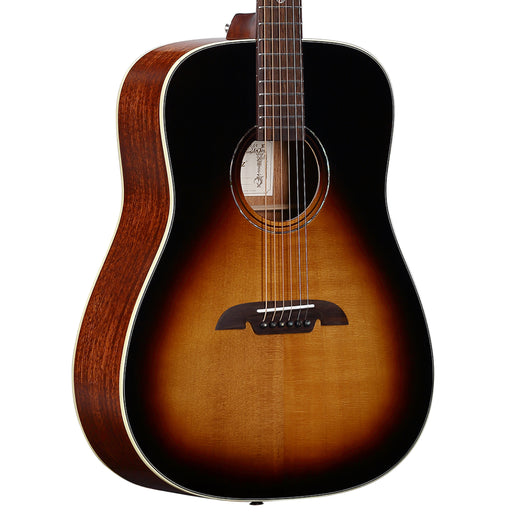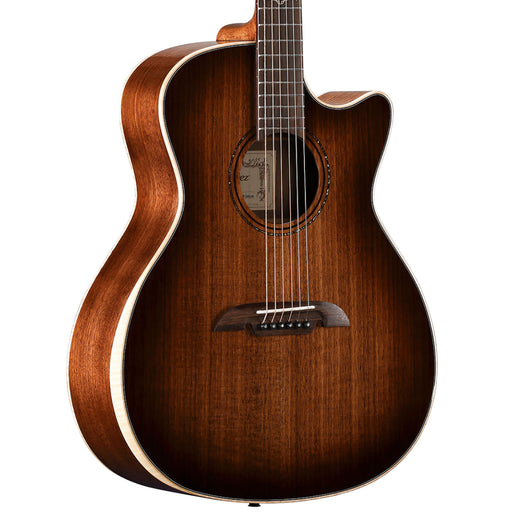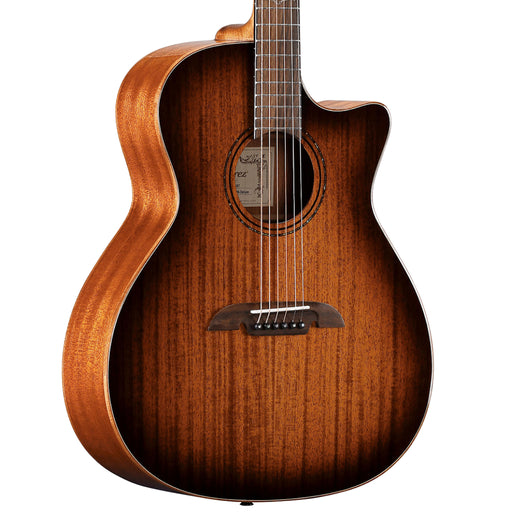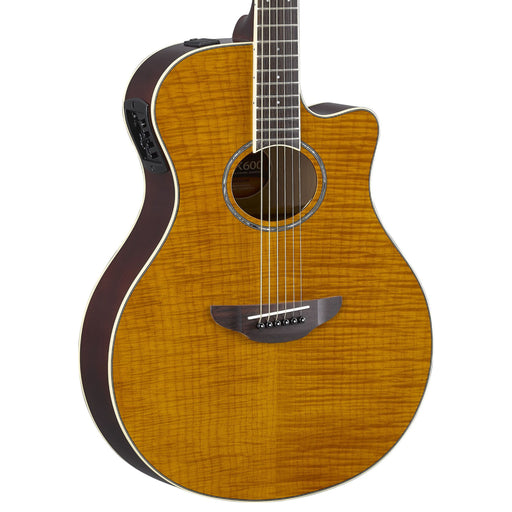Exploring the Melodies of Wood and Strings: Understanding the Acoustic Guitar
The Essence of an Acoustic Guitar
At its core, an acoustic guitar is a stringed musical instrument known for its rich, resonant sound, which is produced acoustically. This means the sound is created by the strings' vibration and amplified naturally through the guitar's body, without the need for electronic amplification. The acoustic guitar is a staple in many music genres, including folk, blues, country, and rock, celebrated for its versatility and expressive tone.
Anatomy of an Acoustic Guitar
To truly appreciate an acoustic guitar, one must understand its anatomy. The guitar typically features six strings, though variations with more strings exist. These strings are strung tightly across a hollow body with a sound hole in the center. The top part of the guitar is called the headstock, home to the tuning pegs. The long, thin part is the neck, which includes the fretboard, frets, and the strings run over the bridge, which is attached to the body of the guitar.
Types of Acoustic Guitars
There are several types of acoustic guitars, each with unique characteristics:
- Classical Guitar: Known for its nylon strings, which produce a soft, mellow tone. It's commonly used in classical and flamenco music.
- Steel-String Guitar: As the name suggests, this guitar uses steel strings, giving it a brighter and louder sound. It's popular in folk, blues, and rock music.
- Twelve-String Guitar: This type has twelve strings in six courses, creating a richer and more ringing tone.
- Archtop Guitar: Known for its curved top and a sound that is favored in jazz music.
- Resonator Guitar: Instead of a traditional sound hole, it has a metal resonator, producing a distinct sound often used in bluegrass and blues.
Playing the Acoustic Guitar
Playing the acoustic guitar involves strumming or plucking the strings with one hand, while the other hand presses down on the strings along the fretboard. This action changes the length of the vibrating portion of the strings, producing different pitches. Chords are formed by playing multiple notes simultaneously, and guitar players can use various techniques like fingerpicking, flatpicking, and strumming to create diverse sounds.
The Acoustic Guitar in Music
The acoustic guitar's role in music is vast and varied. It can be a solo instrument, providing both melody and harmony, or it can accompany singers or other instruments. The guitar's ability to produce both rhythmic and melodic lines makes it an incredibly versatile instrument, capable of fitting into many musical contexts.
Conclusion
The acoustic guitar is not just an instrument; it's a vessel of expression. Its design, history, and the myriad sounds it can produce, make it a beloved instrument around the world. Whether it's the soft melodies of a classical piece, the heartfelt strum of a folk song, or the energetic rhythms of a rock anthem, the acoustic guitar continues to charm listeners with its timeless sound.
Tarpley Exclusives
Alvarez Regent RG26CE-DELUXE Acoustic-Electric Guitar
AlvarezDesigned by the top AIMM Dealers in the US The Alvarez Guitars Regent Series RG26CE-Deluxe has a Sitka Spruce top with a natural, gloss finish. The...
View full detailsAlvarez Masterworks MD60EVB Acoustic-Electric Guitar
AlvarezThe MD60EVB Deluxe features carefully seasoned tonewoods that include a AAA solid Sitka cured top, solid African Mahogany back and sides, and one p...
View full detailsAlvarez Artist Elite AGW77CESHB-DELUXE Acoustic-Electric Guitar
AlvarezDesigned by the top AIMM Dealers in the US Alvarez Grand Auditorium acoustic electric guitar with cutaway and bevelled armrest. Comes with the LR B...
View full detailsAlvarez Artist AG66CESHB-DELUXE Acoustic-Electric Guitar
AlvarezDesigned by the top AIMM Dealers in the US The Artist AG66CESHB-DELUXE is a beautifully developed Grand Auditorium acoustic electric guitar with a ...
View full detailsYamaha APX600FM Acoustic-Electric Guitar
YamahaOne of the world's best-selling, acoustic-electric guitars, the APX Series thinline body combines incredible comfort, easy top-fret access and natu...
View full details
